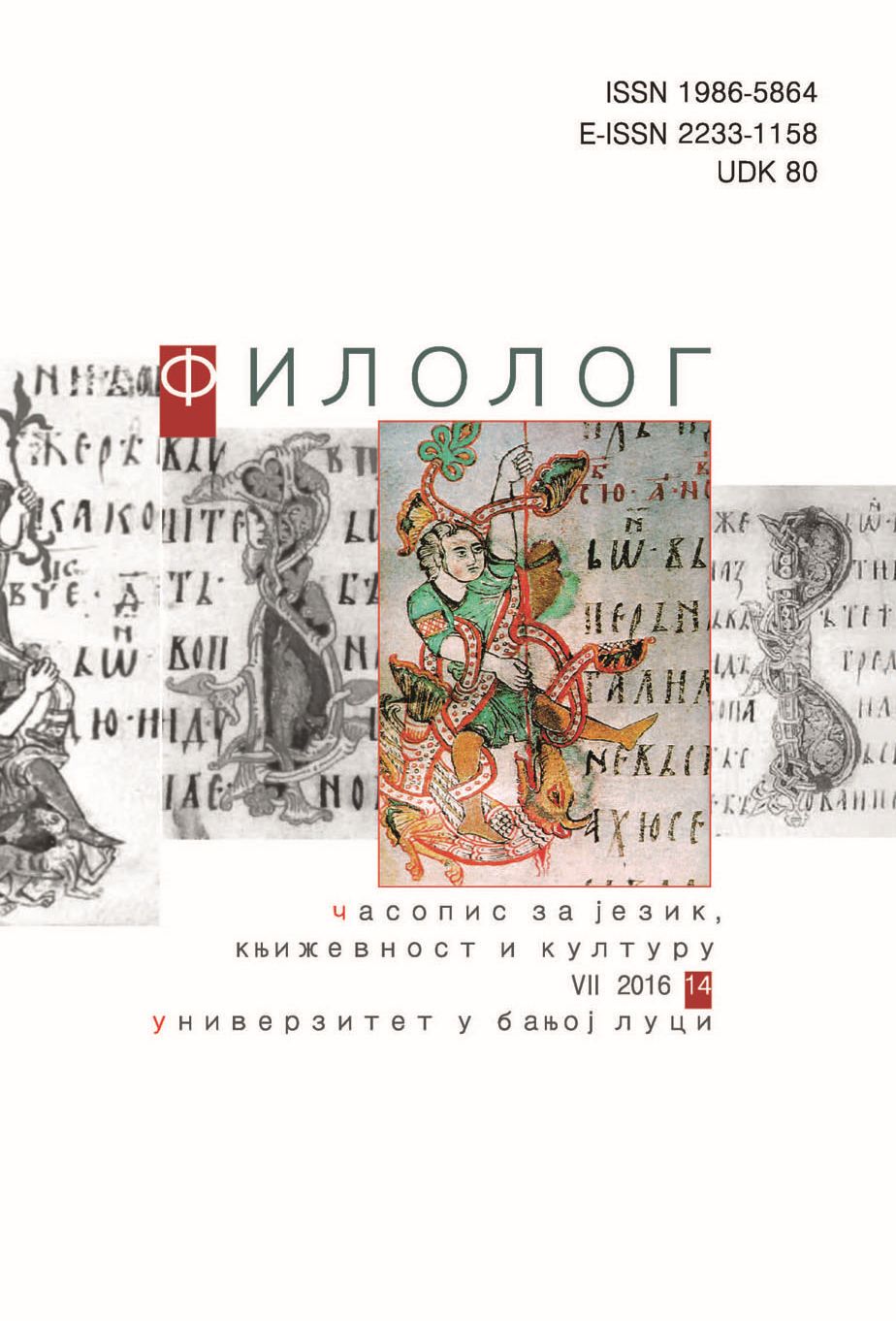Родбинска терминологија у русинском и српском језику
Kinship Terminology in Ruthenian and in Serbian
Author(s): Mihajlo P. FejsaSubject(s): Lexis, Eastern Slavic Languages, South Slavic Languages, Philology
Published by: Филолошки факултет Универзитета у Бањој Луци
Keywords: kinship relations; Ruthenian; Serbian; languages in contact;
Summary/Abstract: In the first part of the paper the author provides an overview of research regarding kinship terminology in Ruthenian. In the second part he compares the Ruthenian kinship relations terms with Serbian ones. The Serbian kinship relations system is more complex. For instance, the term бачи covers the meanings of ујак, стриц, and течо, and the term андя covers the meanings of ујна, стрина, and тетка. Simplification of the Ruthenian kinship relations system in relation to the Serbian language is particularly evident at the level at which relations for sisters’ and brothers’ children are expressed, and as equivalent terms to братанац, братић, синовац, нећак and сестрић, respectively братаница, синовица, нећака and сестричина occur only братняк, respectively шестринїца/шестранїца.The lexeme дзивка stands out because it covers three meanings, that is, three lexemes of the Serbian language and the following three correspondent relations are established: дзивка : ћерка/кћи, дзивка : девојка/цура and дзивка : девојка/драгана. The highest degree of similarity between the kinship terms in Serbian and Ruthenian is noticed in the terms conveying names of male and female persons on the vertical line of kinship, for example оцец : отац, мац : мајка, брат : брат, шестра : сестра, син : син, дїдо : деда, баба : баба, унук : унук, унука : унука.Most of the Ruthenian kinship relations terms are of Slavic origin but there are two hungarisms (бачи, андя) and a germanism (шовґор). Some terms Ruthenian shared with Slovak as indicated by lexemes дцера and тета of the contemporary Slovak language. Since Ruthenian and Serbian coexist in Serbia/Vojvodina, and Serbian presents the majority language, it is most likely that in the period ahead of us the influence of the Serbian language concerning the terminology of kinship relations in the Ruthenian language will increase.
Journal: Филолог – часопис за језик, књижевност и културу
- Issue Year: 2016
- Issue No: 14
- Page Range: 197-207
- Page Count: 11
- Language: Serbian

